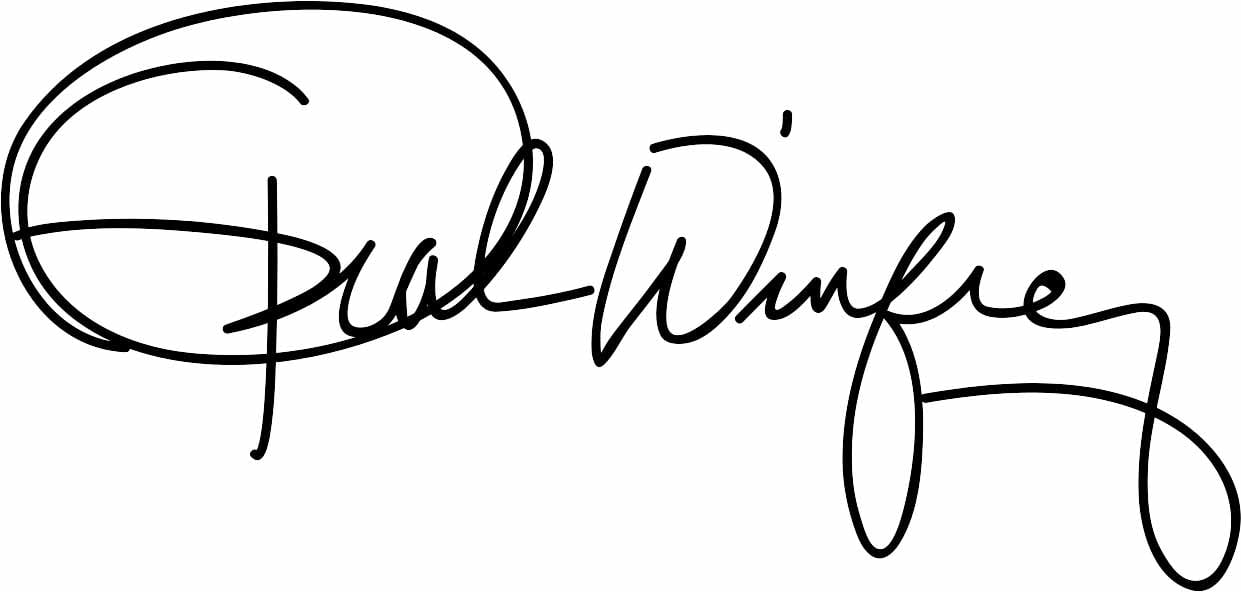The .38 Special cartridge has been a staple in the world of firearms for over a century. Known for its balance of power, accuracy, and manageability, it has been widely used by law enforcement, military personnel, and civilian shooters. However, in recent years, the price of .38 Special ammunition has seen a significant increase, leaving many enthusiasts and professionals alike wondering why this reliable round has become so costly. In this blog, we’ll explore the various factors contributing to the rising cost of .38 Special ammunition.
Historical Significance and Popularity

It quickly gained popularity due to its effectiveness and versatility. For decades, it was the standard issue for police forces across the United States, solidifying its place in the history of law enforcement. Additionally, its use in military service and civilian markets further established its reputation. The historical significance of the .38 Special plays a role in its current demand. Collectors and enthusiasts often seek out this ammunition for use in vintage revolvers or for historical reenactments. The demand from these niche markets can contribute to higher prices, especially for specific vintage or specialty loads.
Material Costs
One of the primary reasons for the increase in ammunition prices, including the .38 Special, is the rising cost of raw materials. Ammunition is made from several key components: brass for the casing, lead for the bullet, and various chemicals for the primer and propellant.
- Brass: The cost of brass has risen due to increased demand in various industries, including electronics and construction. The global market fluctuations in the price of copper (a primary component of brass) directly impact the cost of ammunition casings.
- Lead: Environmental regulations and the push for cleaner manufacturing processes have affected the availability and cost of lead. Many countries have imposed stricter controls on lead mining and production, contributing to higher costs.
- Chemicals: The chemicals used in primers and propellants are also subject to market fluctuations and regulatory pressures, which can drive up production costs.
Manufacturing and Labor Costs
The manufacturing process for ammunition has become more complex and costly over the years. Advances in technology have led to more precise and consistent production standards, but these improvements come at a price.
- Labor Costs: Wages for skilled labor in the manufacturing sector have been on the rise. Companies must invest in their workforce to maintain quality and efficiency, which adds to the overall cost of production.
- Quality Control: Enhanced quality control measures ensure that ammunition meets stringent safety and performance standards. This additional layer of scrutiny requires more time and resources, further driving up costs.
Supply and Demand Dynamics
The law of supply and demand is a significant factor in the pricing of .38 Special ammunition. In recent years, several events have caused fluctuations in demand:
- Pandemic Impact: The COVID-19 pandemic led to widespread uncertainty and a surge in firearm and ammunition purchases. Supply chains were disrupted, and manufacturers struggled to keep up with the sudden increase in demand.
- Political Climate: Political changes and discussions about gun control can lead to panic buying and stockpiling of ammunition. When consumers fear potential restrictions, they tend to buy in bulk, which strains supply and drives up prices.
- Recreational Shooting and Training: The rise in recreational shooting sports and training courses has also increased demand for ammunition. As more people take up shooting as a hobby or for self-defense, the demand for popular calibers like the .38 Special continues to grow.
Import and Export Restrictions

Global trade policies and restrictions can impact the availability and cost of ammunition. Tariffs, import bans, and export controls can limit the flow of materials and finished products, leading to shortages and price increases.
- Tariffs and Trade Disputes: Tariffs on imported raw materials or finished ammunition can increase costs for manufacturers, which are then passed on to consumers.
- Export Controls: Some countries impose strict export controls on ammunition, limiting the availability of certain calibers in the global market.
Environmental Regulations and Compliance
Environmental regulations have also played a role in increasing ammunition costs. The push for greener manufacturing practices and the phasing out of lead-based products require manufacturers to invest in new technologies and processes.
- Lead-Free Ammunition: The development of lead-free ammunition alternatives is costly and time-consuming. While these products are better for the environment, they come with higher production costs that are reflected in retail prices.
- Waste Management: Proper disposal of manufacturing waste and compliance with environmental standards add additional costs to the production process.
Specialty Loads and Customization
The .38 Special cartridge is known for its versatility, and many manufacturers offer a wide range of specialty loads. From high-performance defensive rounds to reduced recoil target loads, these specialized products often come with a premium price.
- Performance Ammunition: Rounds designed for specific applications, such as self-defense or competition shooting, require advanced engineering and testing. This added complexity results in higher costs.
- Custom Loads: Some shooters prefer custom-loaded ammunition tailored to their specific needs. These bespoke products are typically more expensive due to the specialized production processes involved.
The rising cost of .38 Special ammunition can be attributed to a combination of factors, including material costs, manufacturing expenses, supply and demand dynamics, regulatory pressures, and the demand for specialty loads. While the price increase may be frustrating for consumers, understanding the underlying causes can provide valuable insight into the complexities of the ammunition market. As with any product, prices are subject to change based on market conditions and external influences. For those who rely on .38 Special ammunition, staying informed and planning purchases strategically can help mitigate the impact of rising costs. Whether you’re a collector, a recreational shooter, or a professional, the .38 Special remains a reliable and versatile choice, even in the face of price fluctuations.



